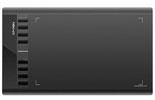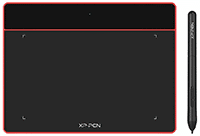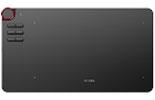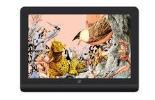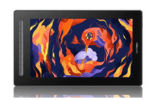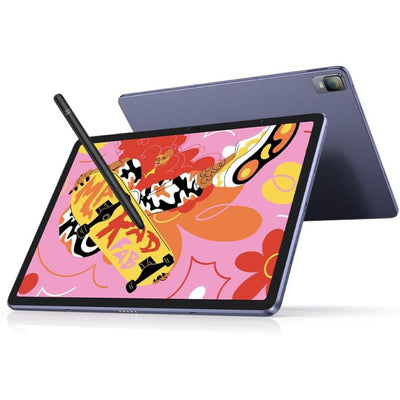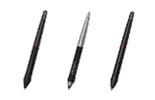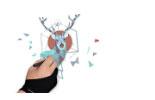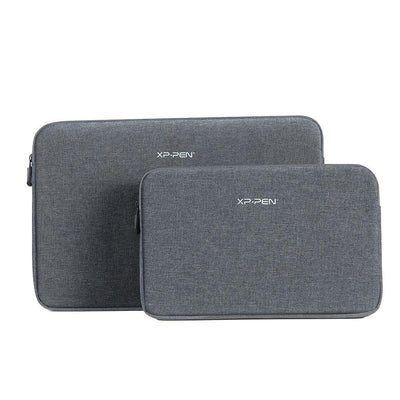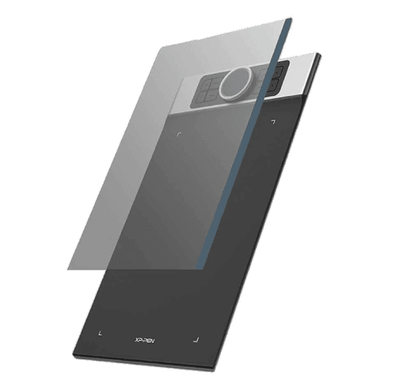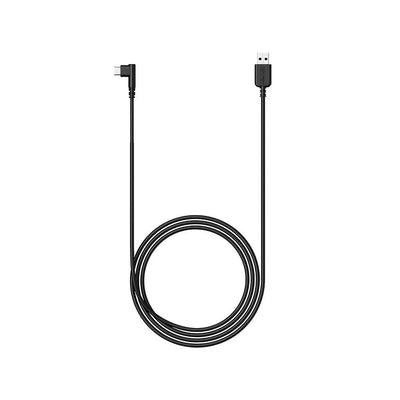The Evolution of Digital Design: From Pixels to Masterpieces

The world of digital design has undergone a remarkable transformation over the years, shaping the way we communicate, interact, and experience visuals in the digital realm.
From its early days characterized by simple pixelated graphics to the intricate masterpieces of today, the journey of digital design is a testament to human creativity and technological advancement.
In this article, we'll take you through the fascinating evolution of digital design, highlighting key milestones and innovations that have paved the way for its current state of artistry.
The Emergence of Pixel-Based Design
The origins of digital design can be traced back to the pixelated landscapes of early computer screens.
These low-resolution graphics were characterized by their blocky appearance, limited color palettes, and a raw yet charming aesthetic.
During this era, designers worked within strict constraints, creating icons, logos, and basic illustrations that laid the foundation for what digital design would become.
Introduction of Graphic Design Software
The evolution of digital design took a significant leap forward with the introduction of graphic design software.
Applications like Adobe Photoshop revolutionized the way designers approached their craft. This marked the shift from simple pixel-based drawings to the manipulation of images, layers, and effects.
Designers could now create intricate compositions, retouch photographs, and experiment with typography, opening up a world of creative possibilities.
Rise of User-Centered Design
As technology advanced, so did the focus on user-centered design. The concept of digital design expanded beyond aesthetics to encompass user experience (UX) and user interface (UI) design.
Designers began to prioritize functionality, ease of use, and intuitive interactions. This shift led to the creation of websites, apps, and interfaces that not only looked appealing but also provided seamless experiences for users.
3D Design & Animation
The evolution of digital design extended into the realm of three-dimensional space.
With the development of 3D modeling software like Autodesk Maya and Blender, designers could create lifelike objects, characters, and environments.
This revolutionized industries such as gaming, animation, and architectural visualization, where 3D design brought concepts to life with unprecedented realism.
Era of Responsive Design
As mobile devices became ubiquitous, the need for responsive design emerged. Websites and applications needed to adapt seamlessly to various screen sizes and orientations.
This challenge led to the evolution of responsive design principles, ensuring that digital content remained accessible and visually appealing across different devices, from smartphones to large desktop monitors.
Artificial Intelligence & Automation
In recent years, artificial intelligence (AI) has made its mark on digital design. AI-powered tools assist designers in tasks such as image recognition, content generation, and even layout suggestions.
This synergy between human creativity and machine intelligence has expedited design processes and opened doors to new possibilities, enhancing efficiency and creativity.
Mastering the Digital Canvas
The evolution of digital design has culminated in a landscape where designers master the digital canvas with finesse and expertise.
From websites that seamlessly blend aesthetics and functionality to animations that evoke emotions, today's digital designers are true artists in their own right.
With the fusion of traditional design principles and cutting-edge technology, digital design continues to redefine visual communication in the digital age.
FAQs
Q1: Is digital design limited to visual elements?
No, digital design extends beyond visuals. It includes user experience (UX) design, user interface (UI) design, and even the creation of interactive prototypes.
Q2: Can anyone learn digital design?
Absolutely. With the abundance of online resources and tutorials, anyone with the passion and dedication can learn and excel in digital design.
Q3: What skills are essential for a career in digital design?
Essential skills include creativity, proficiency in design software, understanding of design principles, and the ability to adapt to evolving trends.
Q4: How has digital design impacted branding and marketing?
Digital design has played a pivotal role in branding and marketing by creating visually compelling content that resonates with audiences and communicates brand messages effectively.
Q5: What's the future of digital design?
The future holds exciting prospects for digital design, including the integration of virtual reality (VR), augmented reality (AR), and continued advancements in AI-driven design tools.

